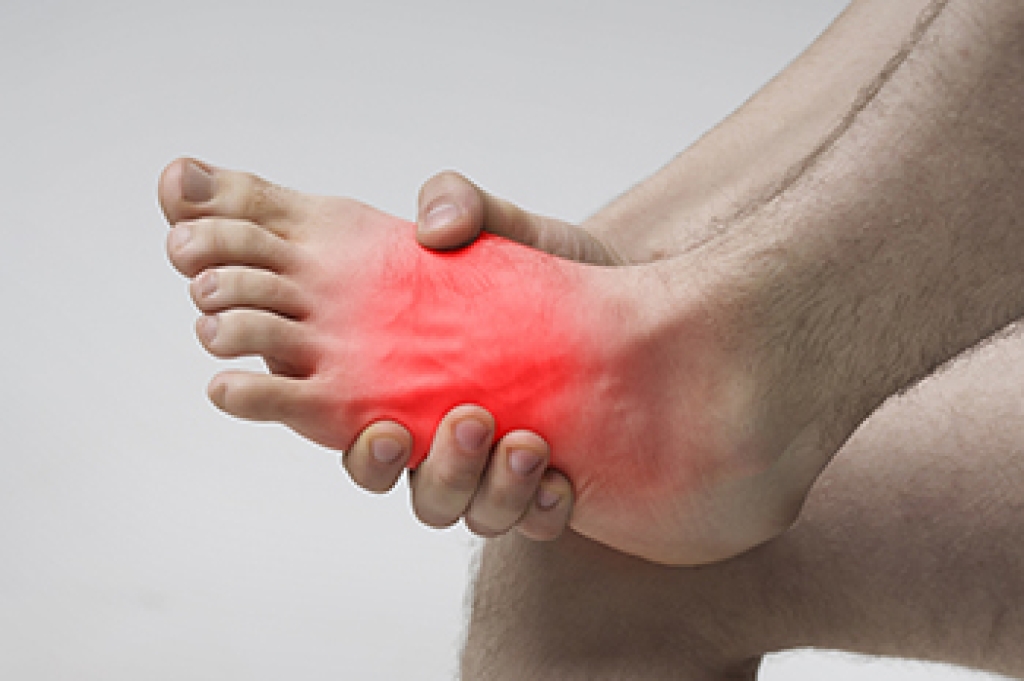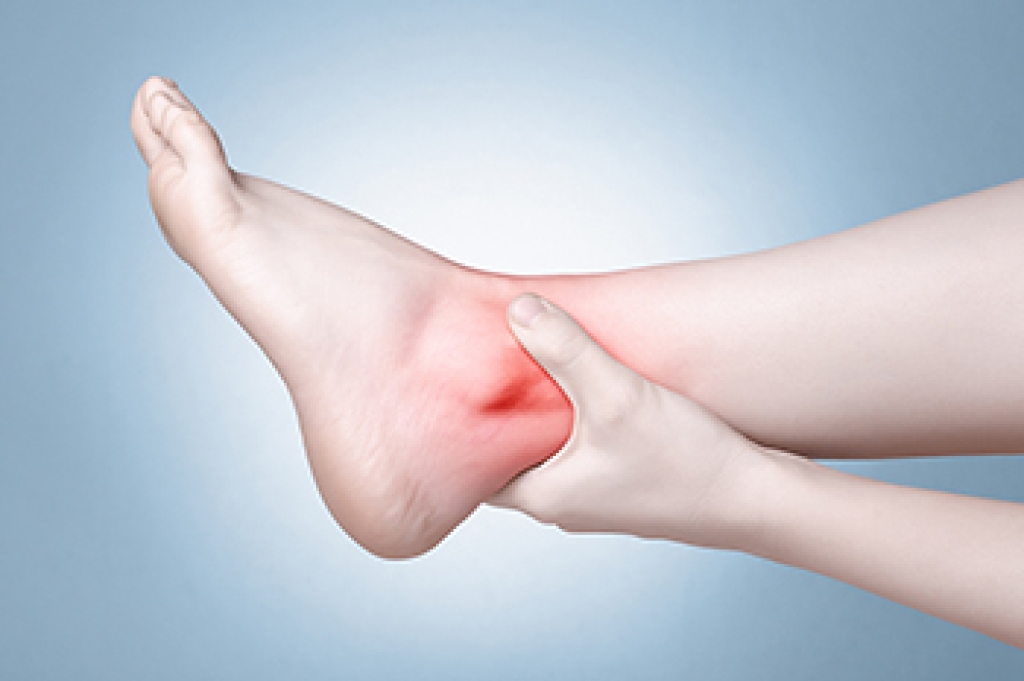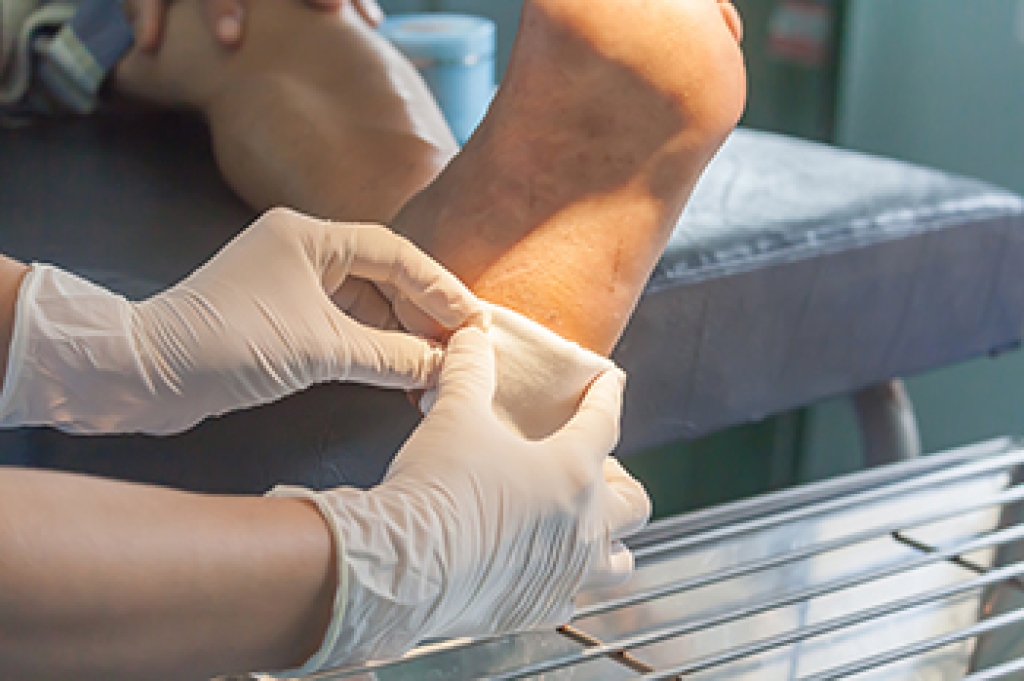
A common cause of foot pain is a stress fracture, which is a hairline crack in the bone. It is generally thought of as an overuse injury, and it is particularly common among runners and other athletes involved in high-impact sports. Another cause is doing too much, too soon when your body is not in shape. Poor or incorrect training habits may also lead to the development of stress fractures. In addition, footwear that lacks proper cushioning and arch support may be a factor. Gradual pain during weight-bearing activity is a sign of a stress fracture. This discomfort usually subsides after resting the foot or ceasing the activity. For that reason, a stress fracture may easily go unnoticed. Other symptoms include swelling on the top of the foot, tenderness to touch, and in some cases, bruising. Further, a stress fracture may cause sharp pain when taking a step. It can take up to two months for a stress fracture to heal. During that time it is thought wise to switch to non-weight-bearing activities, such as swimming, for exercise. For help with stress fractures of the foot, it is suggested that you make an appointment with a podiatrist.
Activities where too much pressure is put on the feet can cause stress fractures. To learn more, contact Dr. Castillo from Bronx Foot Care. Our doctor can provide the care you need to keep your pain free and on your feet.
Dealing with Stress Fractures of the Foot and Ankle
Stress fractures occur in the foot and ankle when muscles in these areas weaken from too much or too little use. The feet and ankles then lose support when walking or running from the impact of the ground. Since there is no protection, the bones receive the full impact of each step. Stress on the feet can cause cracks to form in the bones, thus creating stress fractures.
What Are Stress Fractures?
Stress fractures occur frequently in individuals whose daily activities cause great impact on the feet and ankles. Stress factors are most common among:
- Runners
- People affected with Osteoporosis
- Tennis or basketball players
- Gymnasts
- High impact workouts
Symptoms
Pain from the fractures occur in the area of the fractures and can be constant or intermittent. It will often cause sharp or dull pain with swelling and tenderness. Engaging in any kind of activity which involves high impact will aggravate pain.
If you have any questions please feel free to contact our offices located in Bronx, NY Yonkers, NY . We offer the newest diagnostic and treatment technologies for all your foot and ankle needs.




